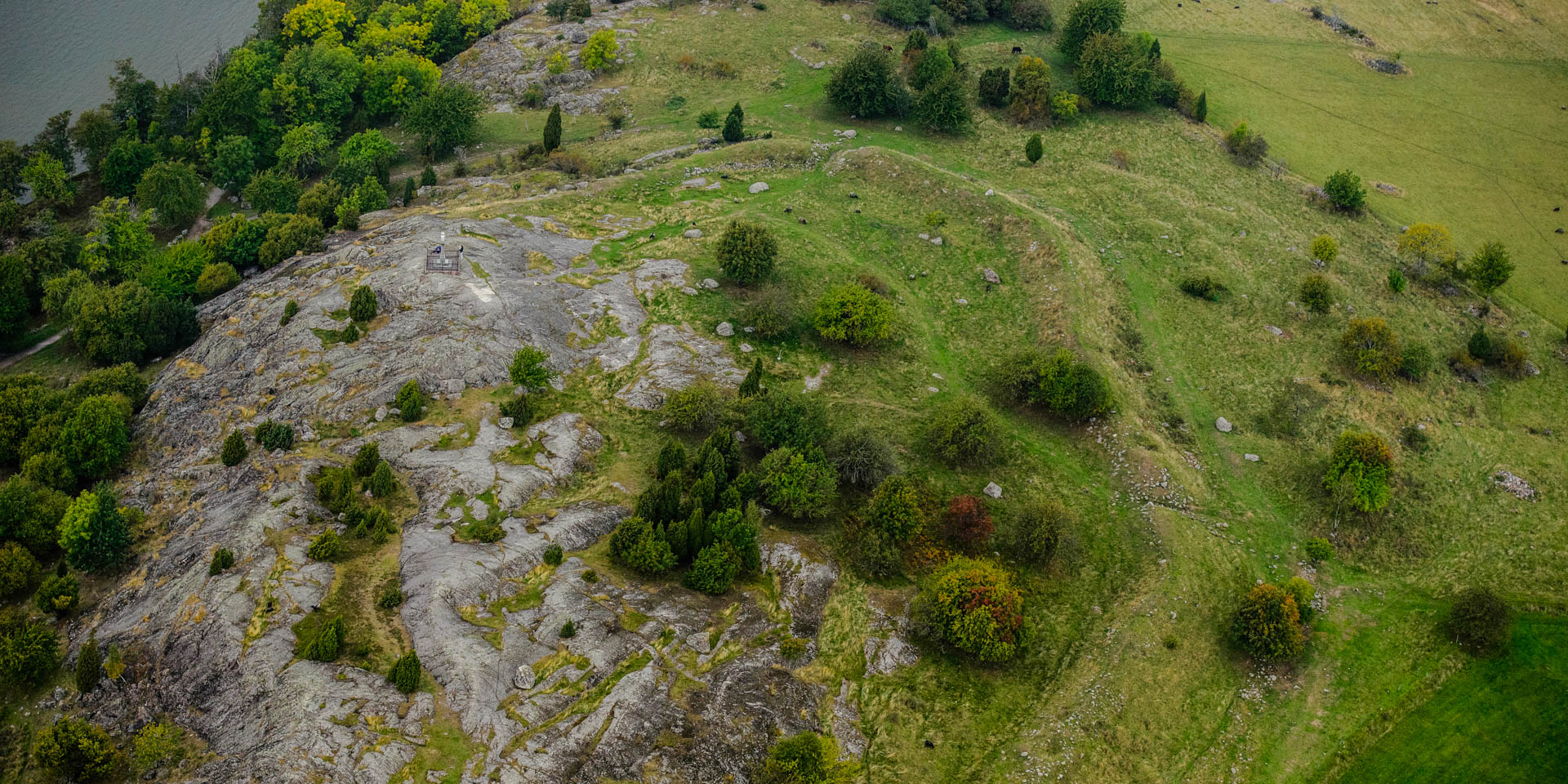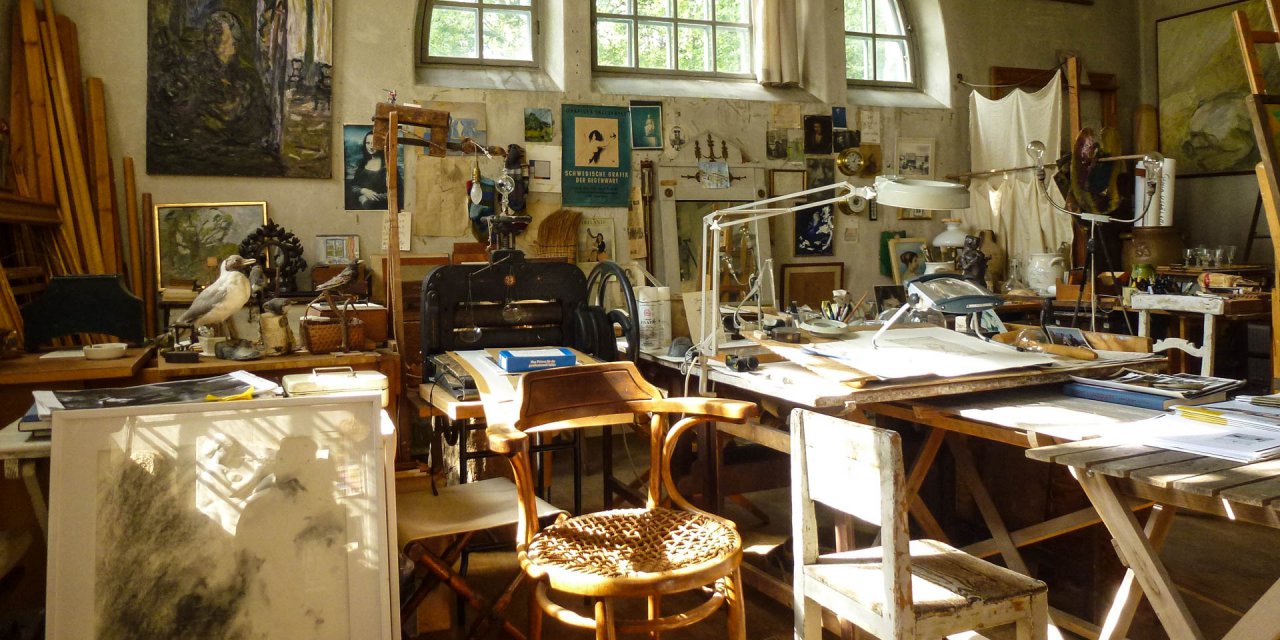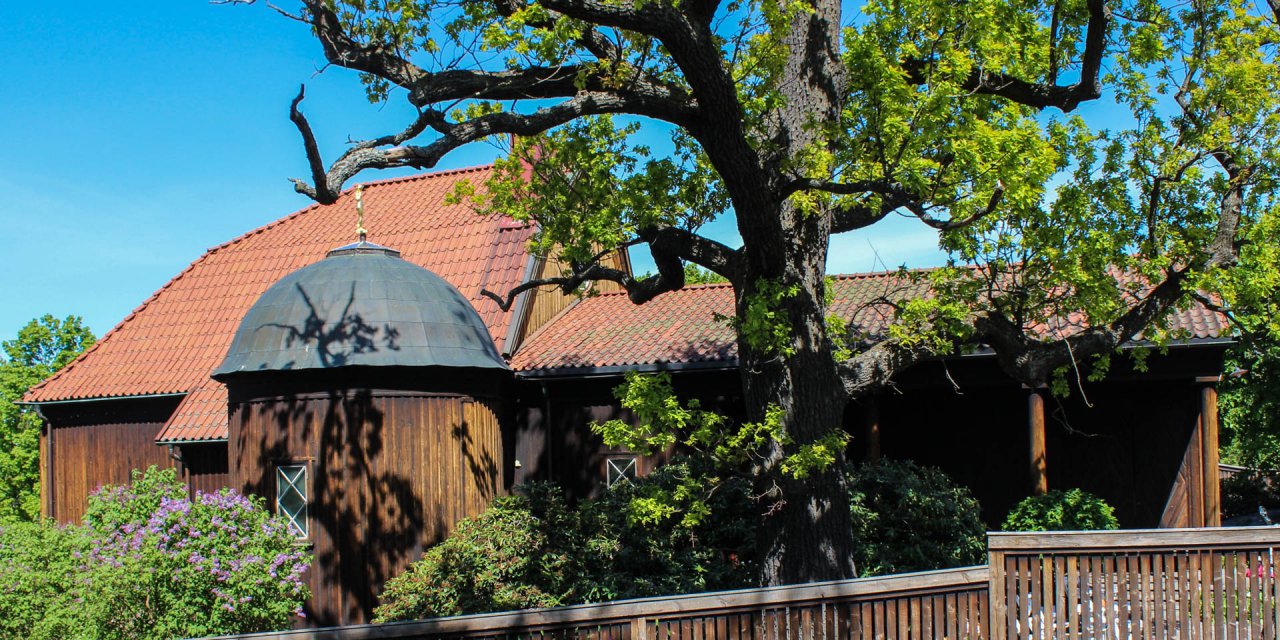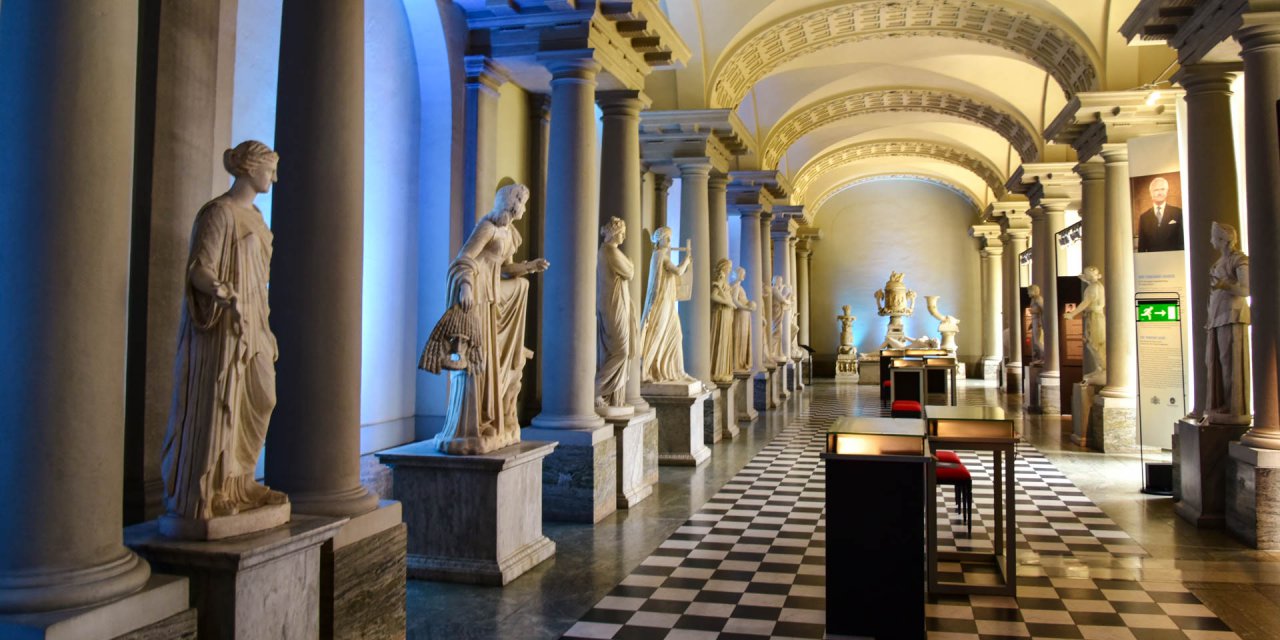

Birka
Former Viking town near Stockholm
The area where the famous Viking town Birka was located about 1,000 years ago can be found in the northwest of the island Björkö in the eastern part of the lake Mälaren. The site belongs including the remains of the associated crown estate Hovgården to the world heritage of UNESCO.
Birka was founded around 790 and was the most important trading centre in Viking Scandinavia for almost 200 years. It was under the protection of the crown estate on the neighbouring island Adelsö, where the Svea kings of that time had their residence. During its heyday Birka was inhabited by about 700 to 1,000 people, which was unusually large for a settlement of that time and Birka is therefore also called Sweden's first city.
Due to the progressive land uplift, the water level of the Baltic Sea during the Viking Age was about five metres higher than today and the branched lake Mälaren was still a bay of the Baltic Sea at that time. As larger transports were extremely difficult and dangerous at that time due to the lack of roads and impenetrable forests, natural waterways were used. At this point, the deeply incised Mälaren offered ideal conditions for transporting goods from the Baltic Sea to far inland.
The Viking town Birka
As the buildings in Birka consisted of wood, the remains of the former Viking town today consist only of a massive dark sediment layer, which is generally called the "Black Earth" because of the abundant charcoal. The black earth extends over an area of seven hectares under a field directly on the western shore of the island.
The settlement area was and is delimited by a huge burial ground with almost 3,000 burial mounds, which extends in a semicircle from north to south on the east side of the former town area. On the rocky hill on the south side of the settlement there was a fortification, where today only the remains of the old ramparts can be seen. Since 1834, a large Celtic cross has stood on this rock to commemorate the work of the Benedictine monk Ansgar, who had tried to convince the inhabitants of Birkas of the Christian faith with moderate success 1,000 years earlier.
The trading place Birka
The numerous excavation findings in the black earth and in the old graves prove a lively exchange of goods that went far beyond the borders of Scandinavia. The objects that were found include large quantities of silver coins from the Arab world, which were usually processed into silver jewellery, as well as silk goods and spices from the Orient. Colourful glass beads, precious glass cups and artistic ceramic pots from southern Europe were also found.
The entire trade was a barter transaction. In return for the foreign goods, mainly high-grade iron from the Central Swedish ore districts as well as hides, furs, antlers and the relatively frequently found amber in the Mälaren were exchanged.
The Birka Museum
On a small promontory southwest of the rock with Ansgar's cross is the viking museum of Birka. In the permanent exhibition of the Birka Museum there are several detailed scale models showing parts of the old Viking town as it probably looked after the results of the archaeological investigation.
Additionally there are several artefacts as well as replicas of the more valuable pieces on display, some of which are in the Historical Museum and the Royal Coin Cabinet in Stockholm.
The museum's well-stocked shop offers a large selection of exciting books about Birka and the life of the Vikings as well as copies of the numerous artefacts. Among them are glass beads, jewellery, glasses and toys as found during the excavations, as well as beautiful replicas of early medieval ceramic utensils such as pots, bowls and jugs.
A little more than 200 metres south of the museum, a small settlement with several houses has been built, as they once appeared in Birka according to the state of research. The reconstructions of the houses were made of the same materials as over 1,000 years ago and with replicas of the historical tools. The houses are fully furnished and form a small settlement with a network of paths similar to those found during the excavations.
Visit Birka
The island of Björkö can only be reached by boat without a car. Various boat tours are offered, starting from different locations in the region. The entrance fee for the museum and the price for a guided tour of the excavation sites and the burial grounds are included in the ticket prices.
Björkö is approached from Klara Mälarstrand in Stockholm between the beginning of May and mid-September. The whole boat trip including the sightseeing takes about 7.5 hours. From all other starting locations the island is only accessible from the beginning of July to the middle of August.
The closest drop-off point that can be reached by car is at Hovgården on the neighbouring island of Adelsö. It is also the cheapest of all and takes a total of 3.5 hours, while the crossing takes only 15 minutes.
Birka: Opening hours & admission
Opening hours
Friday – Sunday: 12:00 – 15:30
Monday – Sunday: 12:00 – 15:30
Monday – Sunday: 11:00 – 18:00
Monday – Sunday: 12:00 – 15:30
Friday – Sunday: 12:00 – 15:30
Saturday – Sunday: 12:00 – 15:30
Admission
Last update: 07/2022 | Errors and omissions excepted.



